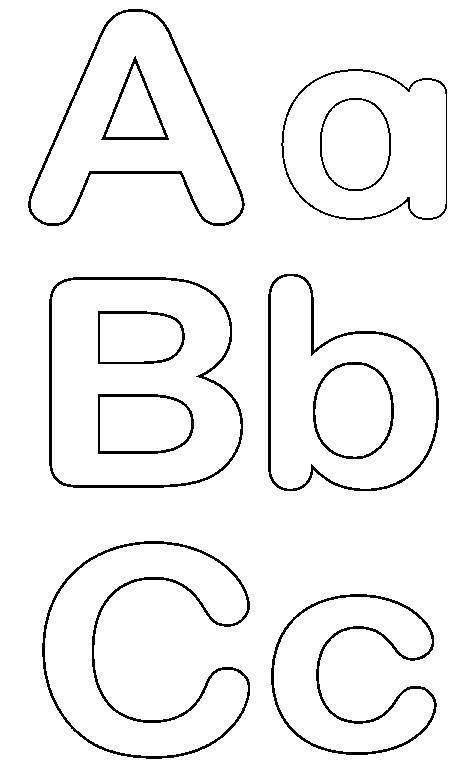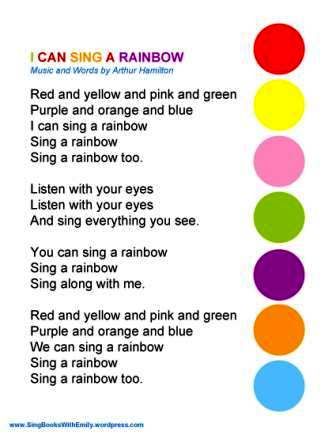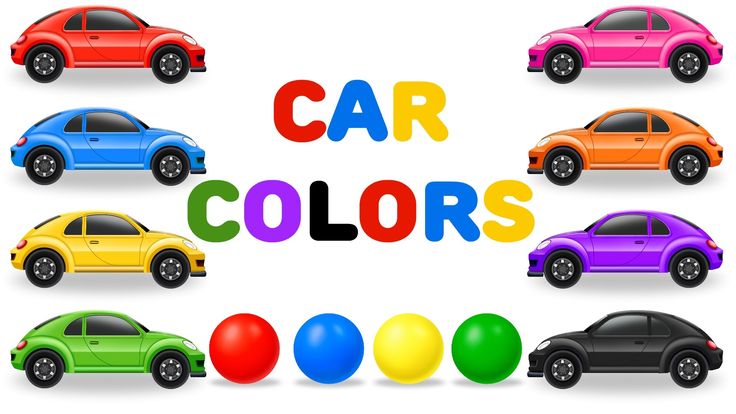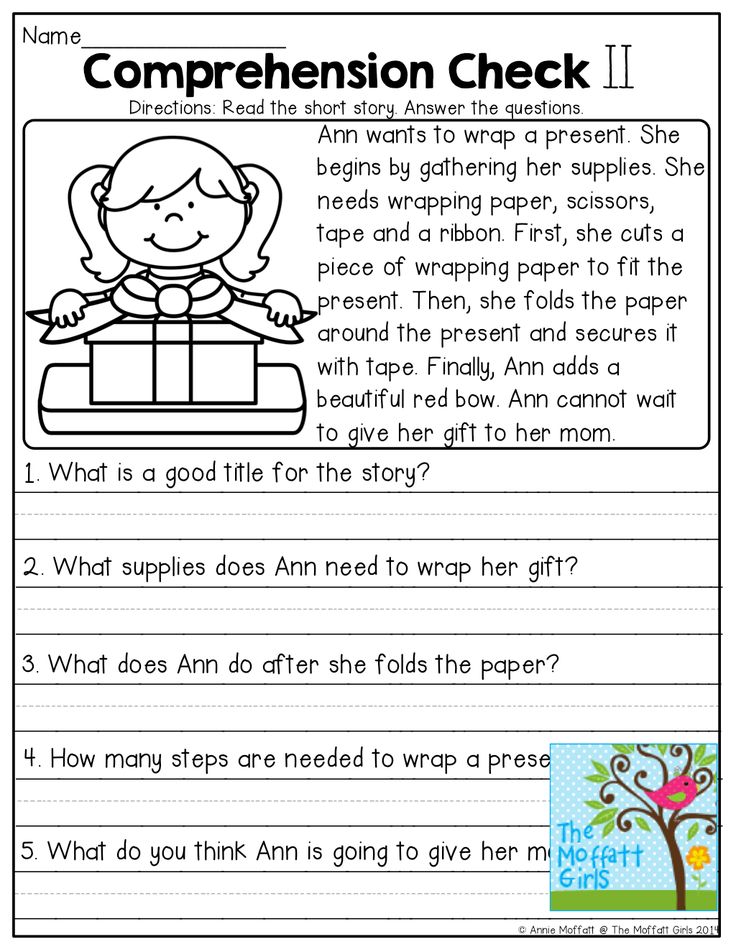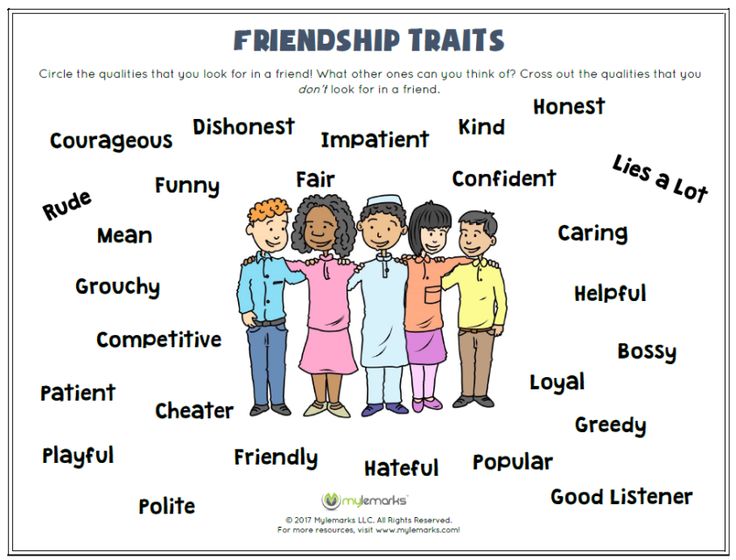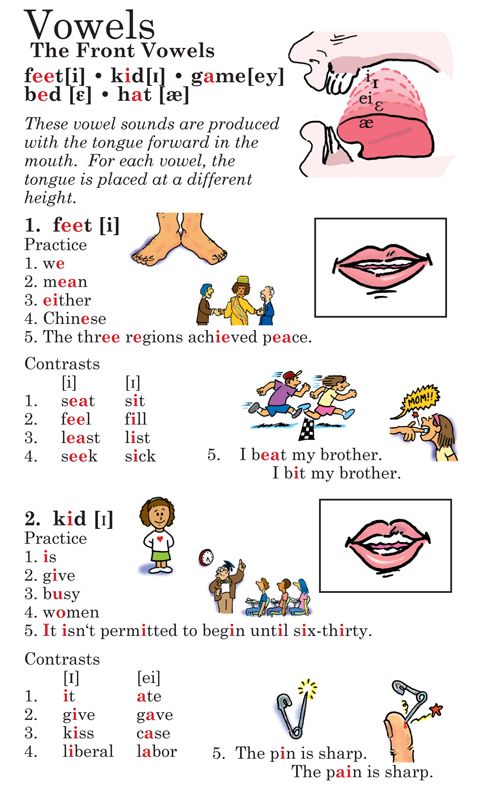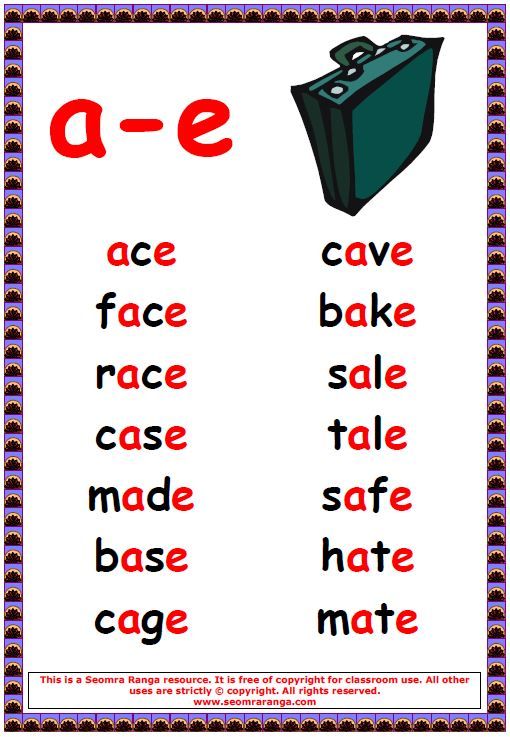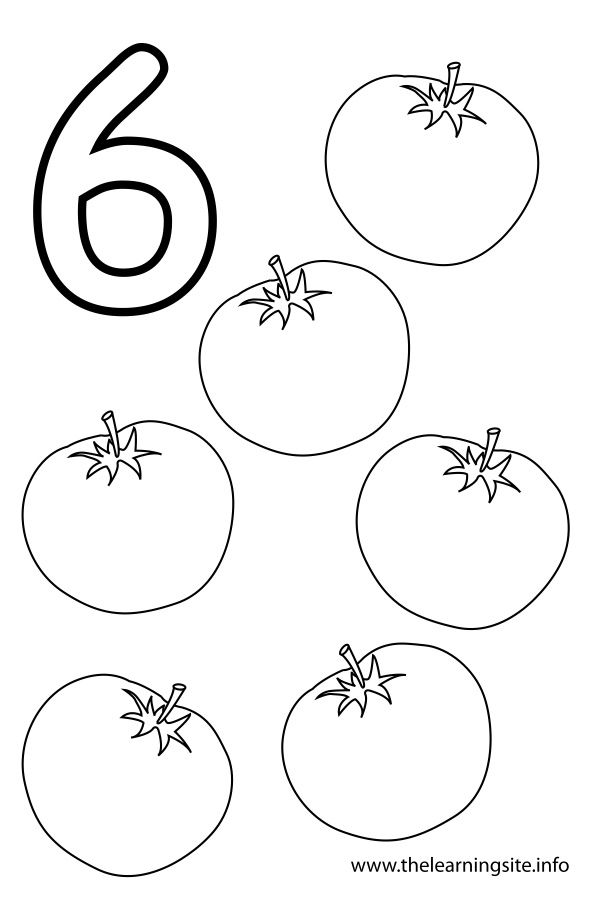Reading skill levels
The Four Levels of Reading: Improve Skills One Level At A Time
One of the secrets to acquiring knowledge is to read. A lot. My Hero, Charlie Munger, said it best “In my whole life, I have known no wise people (over a broad subject matter area) who didn’t read all the time – none, zero.”
Picking up a book and reading the words is the easy part. Reading to understand is much harder.
The key is not simply to read more but rather be selective about what we reading and how we are reading.
This article, the first in a multi-part series on improving our reading skills, outlines the four levels of reading.
“Books give delisght to the very marrow of one’s bones. They speak to us, consult with us and join us in a living and intense intimacy.” — Petrarch
Mortimer Adler originally published How To Read A Book in 1940. It immediately became a bestseller. Since that time the book has been updated and recast many times, most notably by Charles van Doren in the 1970’s.
Active Reading
There is no such thing as passive reading. All reading, to some degree, is active reading. The only difference is that some reading is more active than others. And when it comes to reading to learn something or reading for information something the more active your reading habits the better.
Reading is a complex activity, just as writing is. It consists of a large number of separate acts, all of which must be performed in a good reading. The person who can perform more of them is better able to read.
Success in reading is determined to the extent that you receive what the writer intended to communicate. That doesn’t mean you agree with them, only that you understood them.
Reading For Understanding or Information
Assuming we’re not reading for entertainment, there are two things we generally want to get from reading. We can read to acquire information and facts or we can read to learn something new and improve our understanding.
Reading for entertainment is self-explanatory.
Reading for information is the one in which we read media or anything else that’s easily digestible. These things give us more information but don’t improve our understanding. There is no shock, no moment of … that doesn’t make sense.
Alternatively, we can try to read something by someone who knows more about the subject than we do. After reading works by authors who know more about a subject than we do, our understanding is changed … it may be the case that we better understand something or perhaps we understand that our understanding was incomplete. Either way, our understanding has changed.
The easiest way to improve our understanding is from people who understand more about the subject than we do.
So half the battle of reading for understanding is to identify and select works from someone (or a group of people) who know more about a subject than we do. The internet and Amazon have made this much easier with ratings and book reviews.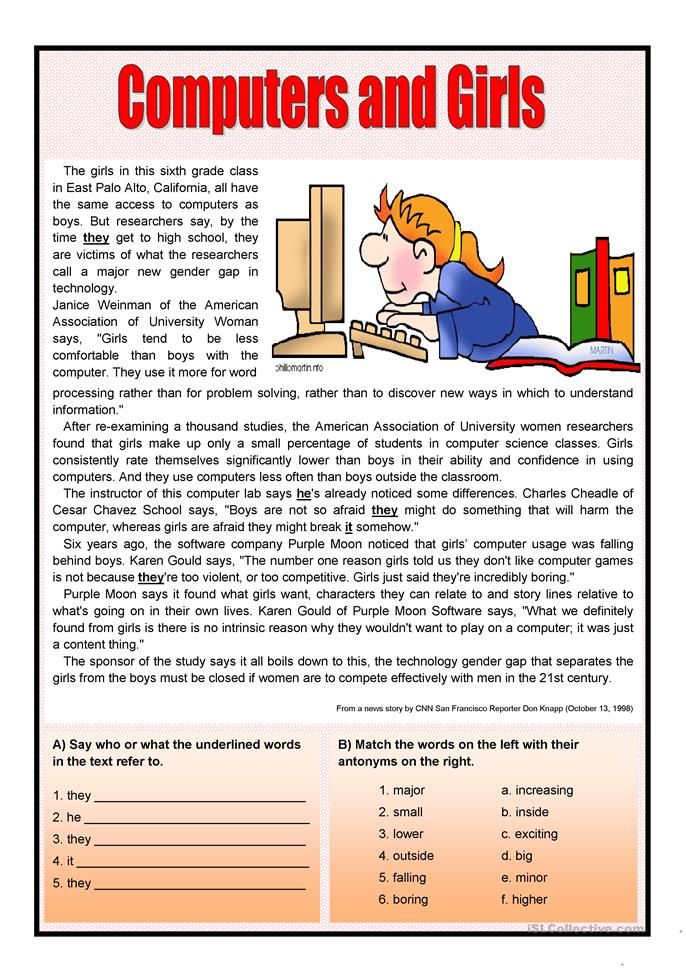
And if you can read for understanding, you need not worry about reading for information or entertainment as, being less demanding, they will take care of themselves.
Instruction or DiscoveryTo be informed is to know simply that something is the case. To be enlightened is to know, in addition, what it is all about: why it is the case, what its connections are with other facts, in what respects it is the same, in what respects it is different, and so forth.
This is the difference between being knowing the name of something and knowing something.
… if you remember what an author says, you have learned something from reading him. If what he says is true, you have even learned something about the world. But whether it is a fact about the book or a fact about the world that you have learned, you have gained nothing but information if you have exercised only your memory. You have not been enlightened. Enlightenment is achieved only when, in addition to knowing what an author says, you know what he means and why he says it.
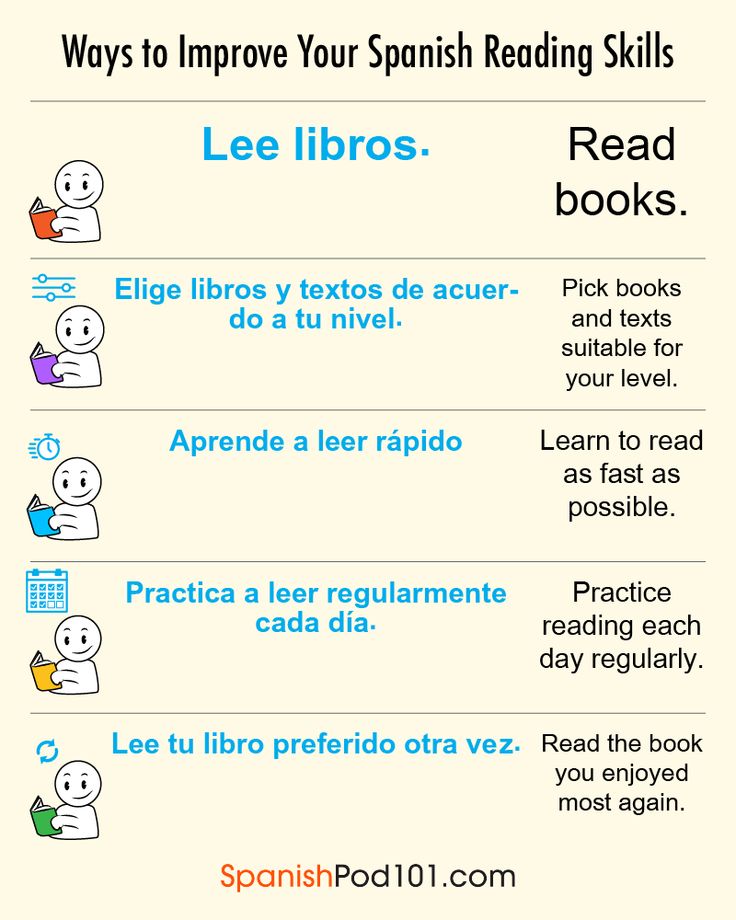
You can’t be enlightened unless you are informed, however you can be informed but not enlightened.
Montaigne speaks of “an abecedarian ignorance that precedes knowledge, and a doctoral ignorance that comes after it.”
The first is the ignorance of those who, not knowing their ABC’s, cannot read at all. The second is the ignorance of those who have misread many books.
The Greeks had a name for people who have read too widely and not well, sophomores.
Being widely read and well-read are not the same thing. Adler argues that to avoid this error we must distinguish between how we learn into instruction and discovery.
The art of reading, in short, includes all of the same skills that are involved in the art of unaided discovery: keenness of observation, readily available memory, range of imagination, and, of course, an intellect trained in analysis and reflection.
The goal of reading determines the best way to read the material in question.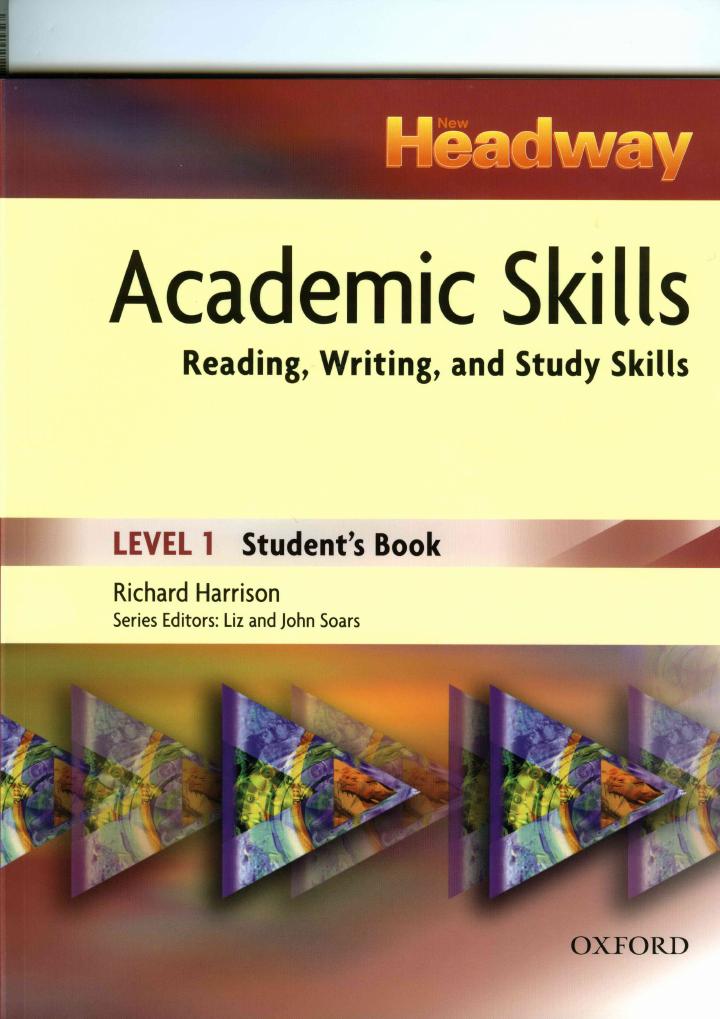 If we’re reading for entertainment, we’re going to read a lot differently than if we’re reading to build a rocket ship.
If we’re reading for entertainment, we’re going to read a lot differently than if we’re reading to build a rocket ship.
A thorough understanding of the levels of reading is necessary before we can improve our reading skills.
There are four levels of reading. They are thought of as levels because you can’t reach the higher levels without a firm understanding of the previous one — they are cumulative.
1. Elementary Reading
The first level of reading is elementary reading, which is what we learned to do in elementary school. Most of us never get beyond this level.
Other names might be rudimentary reading, basic reading or initial reading; any one of these terms serves to suggest that as one masters this level one passes from nonliteracy to at least beginning literacy. In mastering this level, one learns the rudiments of the art of reading, receives basic training in reading, and acquires initial reading skills.
2. Inspectional Reading
The second level of reading is inspectional reading, which can be thought of us intelligently skimming a book in a limited amount of time.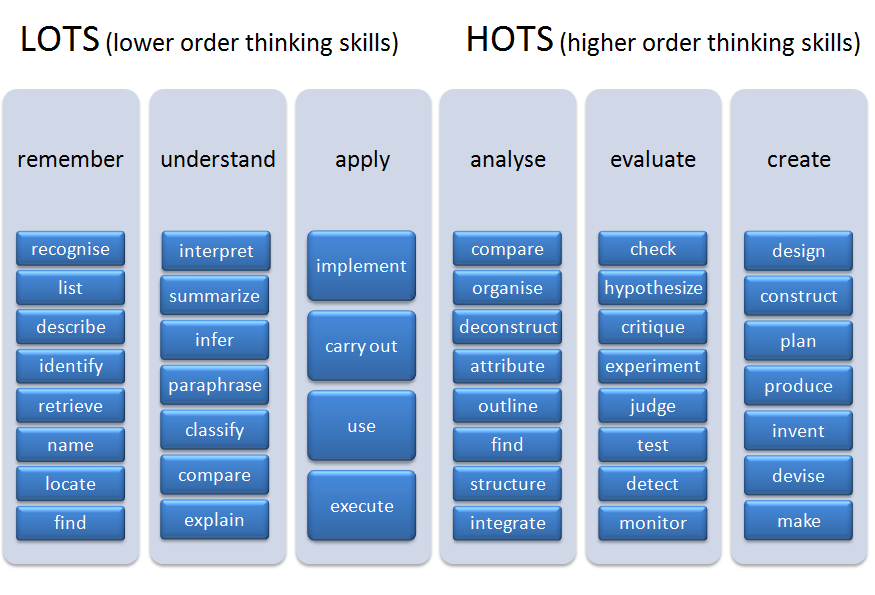 Not only does this prime our brain with the material in the book, but it helps us determine if we want to read the entire book.
Not only does this prime our brain with the material in the book, but it helps us determine if we want to read the entire book.
Adler writes:
[A]nother name for this level might be skimming or pre-reading. However, we do not mean the kind of skimming that is characterized by casual or random browsing through a book. Inspectional reading is the art of skimming systematically.
The point of inspectional reading is to examine the “surface” of the book.
Adler guides us:
Whereas the question that is asked at the first level is “What does the sentence say?” the question typically asked at this level is “What is the book about?” That is a surface question; others of a similar nature are “What is the structure of the book?” or “What are its parts?”
Inspectional reading is underappreciated by a lot of readers because they see it as a waste of time.
A lot of people like to read linearly. They pick up a book, turn to page one, and plow steadily through it without ever reading so much as the table of contents.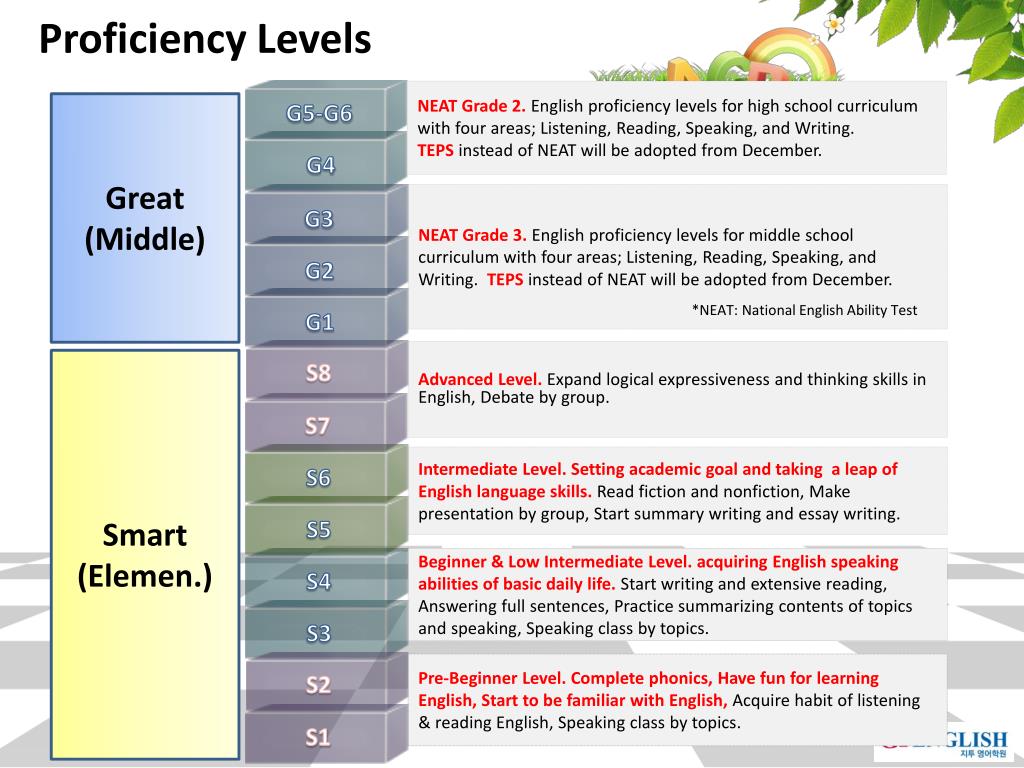 “They are,” writes Adler, “thus faced with the task of achieving a superficial knowledge of the book at the same time that they are trying to understand it.” This makes reading more difficult, not less.
“They are,” writes Adler, “thus faced with the task of achieving a superficial knowledge of the book at the same time that they are trying to understand it.” This makes reading more difficult, not less.
3. Analytical Reading
The third level of reading is called analytical reading, which goes deeper than inspectional reading. If your goal in reading is entertainment or acquiring information, analytical reading is not necessary. However, if you are reading to improve understanding, analytical reading is entirely necessary.
It is both a more complex and a more systematic activity than either of the two levels of reading discussed so far. … Analytical reading is thorough reading, complete reading, or good reading— the best reading you can do. If inspectional reading is the best and most complete reading that is possible given a limited time, then analytical reading is the best and most complete reading that is possible given unlimited time. The analytical reader must ask many, and organized, questions of what he is reading.
… [A]nalytical reading is always intensely active. On this level of reading, the reader grasps a book— the metaphor is apt— and works at it until the book becomes his own.
Francis Bacon remarked “some books are to be tasted, others to be swallowed, and some few to be chewed and digested.” Think of analytical reading as chewing and digesting.
4. Syntopical Reading
The fourth and most difficult level of reading is syntopical reading.
It is the most complex and systematic type of reading of all. It makes very heavy demands on the reader, even if the materials he is reading are themselves relatively easy and unsophisticated. Another name for this level might be comparative reading. When reading syntopically, the reader reads many books, not just one, and places them in relation to one another and to a subject about which they all revolve. But mere comparison of texts is not enough. … With the help of the books read, the syntopical reader is able to construct an analysis of the subject that may not be in any of the books.
It is obvious, therefore, that syntopical reading is the most active and effortful kind of reading.
This is the first article in a multi-part series on how to improve our reading skills.
Stages of Development | Reading A-Z
> Instructional Support > Stages of Development
Beginning Readers (Levels aa-C)
Readers at this level might display the following characteristics:
- Pretend to read familiar stories
- Sing their ABCs but not be able to name all of the letters in print
- Recognize and name more letters as they are exposed to print and instruction
- Identify the front cover
- Turn pages one by one
- Show how text progresses left to right, top to bottom
- Identify uppercase letters with greater ease than lowercase letters
- Know some sounds of frequently seen or previously taught letters
- Identify and produce an increasing number of sounds, particularly consonant sounds and short vowels
- Recognize environmental print in context
- Attempt to track print with their finger in books and other texts
- Begin to play with words
- Identify a rhyming pair when presented with choices (e.
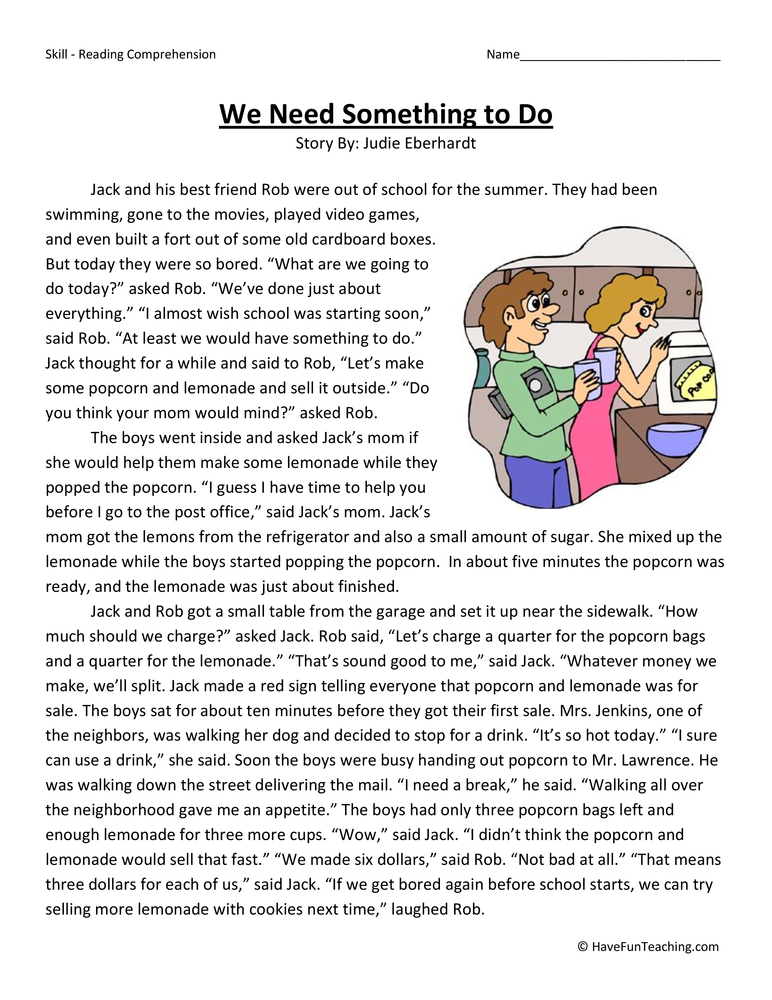 g., rat, bed, hat)
g., rat, bed, hat) - Count syllables in words
- Listening comprehension far exceeds reading comprehension (the latter is limited to single words or short phrases/sentences)
Text to support readers at this level may include:
- Detailed pictures that add to the story
- Short, declarative sentences
- Repetitive patterns
- Repeated vocabulary
- Natural, familiar language
- Large print
- Wide letter spacing
- Familiar concepts
- Limited text per page
Developing Readers (Levels D-J)
Readers at this level might display the following characteristics:
- Apply their understanding of phonics for reading unfamiliar words
- Focus most of their energy on decoding, which leaves fewer cognitive resources for comprehension
- Recognize more frequently read words by sight
- Attempt to sound out unknown words, phoneme by phoneme
- Realize that their reading should make sense and will attempt to self-correct when making errors
- Look for word chunks to assist in reading
- Listening comprehension still exceeds reading comprehension, although readers begin to get meaning from text
Text to support readers at this level may include:
- Increasingly more lines of print per page
- More complex sentence structure
- Fewer repetitive patterns
- Pictures that relate to the story
- Familiar topics with more details
Effective Readers (Levels K-P)
Readers at this level might display the following characteristics:
- Attend to the phonics, word chunks, affixes when decoding unfamiliar words in their entirety, including multisyllabic and compound words
- Recognize more and more words automatically by sight
- Guess or predict what they think the sentence says rather than reading each word as it is written
- Glance ahead to prepare for upcoming words
- Focus less of their energy on decoding, which leaves more cognitive resources for comprehension
- Begin to transition from learning to read to reading to learn as they use text to learn new information
Text to support readers at this level may include:
- More pages
- Longer sentences with more complex syntax
- More text per page
- Richer vocabulary
- Greater variation in sentence pattern and exposure to a variety of text structures
- Fewer pictures
- More formal and descriptive language
Automatic Readers (Levels Q-Z2)
Readers at this level might display the following characteristics:
- Use phonics, syllable knowledge, and morphology to decode unknown multisyllabic words
- Recognize words they repeatedly see in text by sight
- Use fluency and prosodic reading at an appropriate rate
- Focus on comprehension as decoding becomes automatic
- Rely on text for directions, content knowledge, and general information
Text to support readers at this level may include:
- More text
- Less familiar, more varied topics
- Challenging vocabulary
- More complex sentences
- Varied writing styles
- Few, if any pictures
- Text features to support understanding (graphs, charts, infographics, etc.
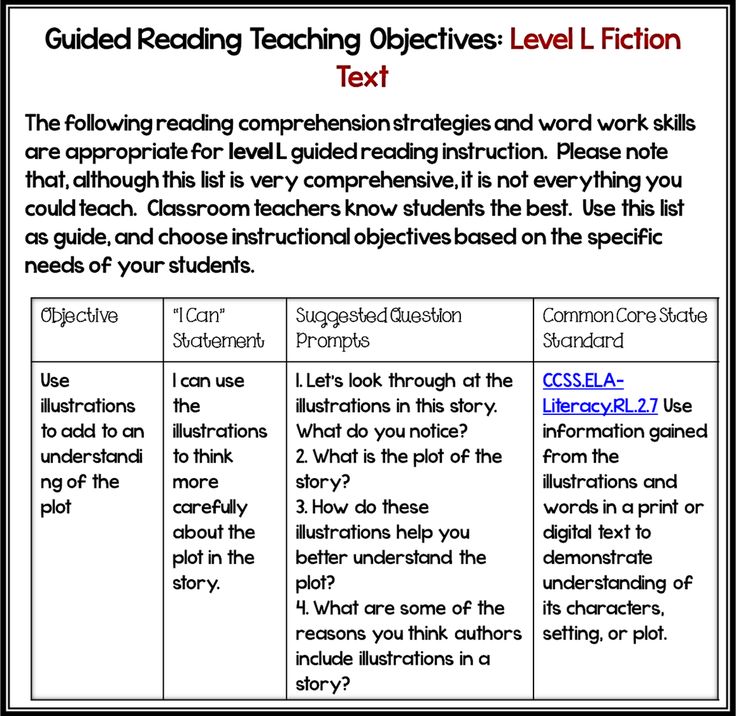 )
) - Text structures (compare and contrast, cause and effect, problem/solution, sequence, descriptive)
The 5 Key Skills You Need to Master Reading
Teachers and parents today are fortunate to have access to a wealth of evidence-based research on what works in teaching children to read.
Because of this, we know that teaching children to read, their ability to learn and become proficient readers, depends on the five key skills that we bring you today.
From birth
The literacy rate of children begins to develop long before the child goes to school. Even the youngest children can begin to be prepared to successfully learn to read. Research has identified skills that are important for literacy development:
-
knowledge of the sound of letters
-
knowledge of letter names
-
speech sound control
-
remembering what was heard
Childhood
From kindergarten through grade 3, young readers actively develop all five key reading skills, from phonemic awareness to reading comprehension.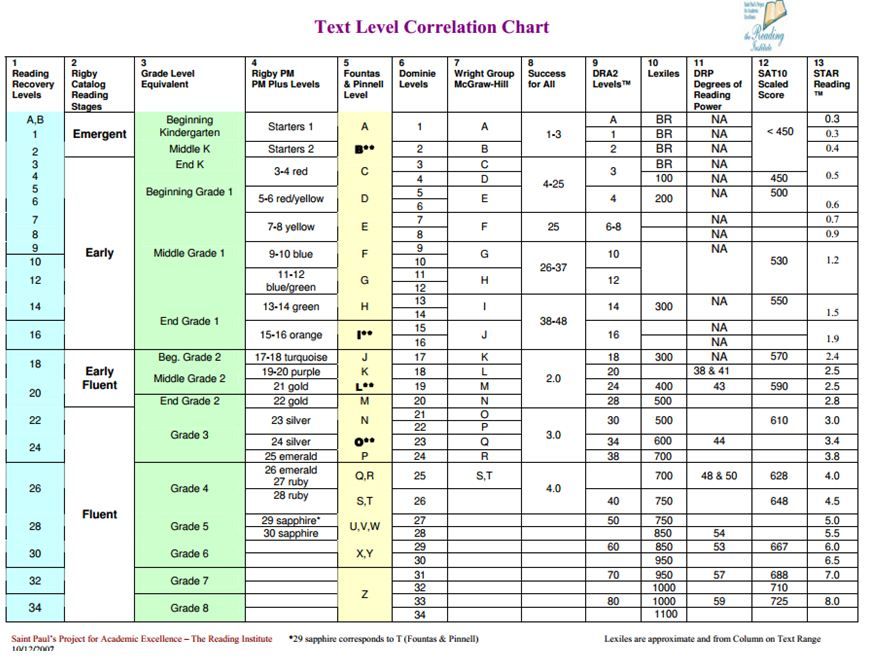 Studies have shown that learning to read during this period requires a certain combination of methods and strategies. Teachers and parents must understand how children learn and must adapt teaching methods to the individual student's abilities.
Studies have shown that learning to read during this period requires a certain combination of methods and strategies. Teachers and parents must understand how children learn and must adapt teaching methods to the individual student's abilities.
This is especially important when it comes to children who have difficulty learning to read.
1. Phonemic perception is the ability to perceive a word as a sequence of phonemes - the smallest units of sound that affect the meaning of words. Phonemes are speech sounds represented by the letters of the alphabet.
2. Phoneme decoding - the ability to identify new words by rebuilding groups of letters back into the sounds they represent, link them into a word and learn its meaning.
As challenging as reading is, thanks to advances in neuroscience and technology, we can now target key learning centers in the brain and identify areas and neural pathways that the brain uses to read.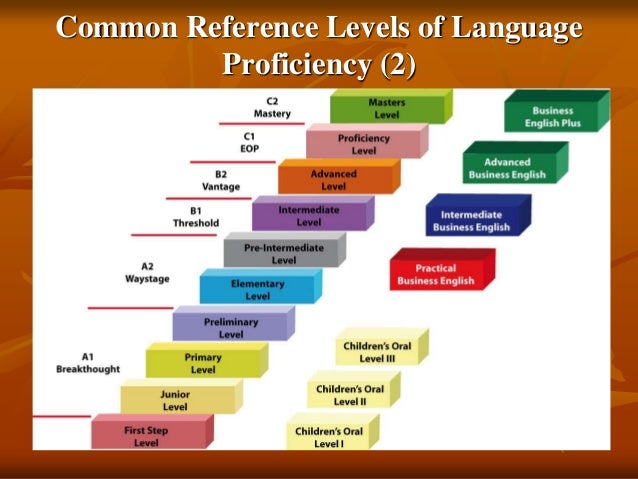 Not only do we understand why experienced readers read well and novice readers struggle with reading, but we can also help any reader on the journey from early language acquisition to reading and reading comprehension - it all happens in the brain.
Not only do we understand why experienced readers read well and novice readers struggle with reading, but we can also help any reader on the journey from early language acquisition to reading and reading comprehension - it all happens in the brain.
Adolescence
Even though the child has already mastered the skills of phonemic perception and decoding, reading comprehension difficulties can often arise at this age. In middle and high school, literacy is formed not only in the language sphere, but also in the development of other disciplines. In order to prepare a student for high school, teachers and parents need to focus on developing the three skills necessary for reading: vocabulary, fluent reading, and reading comprehension.
In order to prepare a student for high school, teachers and parents need to focus on developing the three skills necessary for reading: vocabulary, fluent reading, and reading comprehension.
Skills needed to understand the meaning of what is read:
3. Vocabulary - understanding words in a text, including the meaning of words depending on the context.
4. Fluent reading is the ability to read text easily and accurately in such a way that attention is focused on understanding the meaning of what is read, and not on reading technique.
5. Reading comprehension - the ability to analyze the meaning of each part of the text, building an understanding of the whole text, and the ability to reason about its meaning and message.
Retrieved
If your child is having trouble reading, they may need additional help. Created by neuroscientists, the Fast ForWord computer method effectively trains all of the above skills.
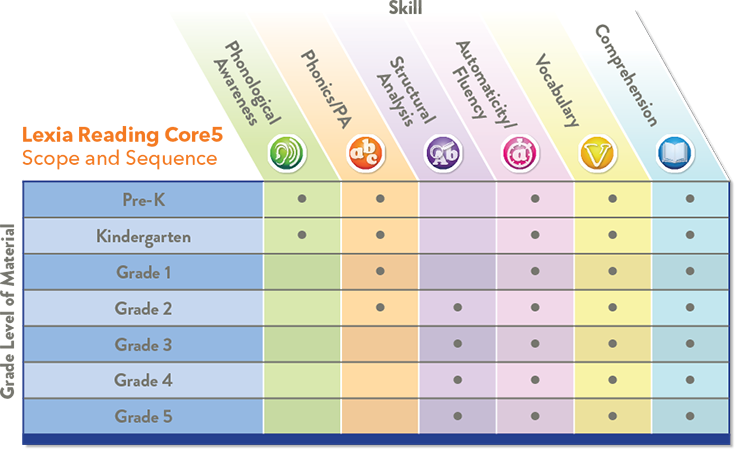
Help your child overcome reading difficulties quickly and permanently! Sign up for trial online classes using the FAST FORWORD method!
SIGN UP
Useful article? Share with your friends!
stages and exercises. Blog Logo-Expert
Blog Logo-Expert
formation of speech reading
Elementary school is a special stage in the life of any child, which is associated with the formation of the basics of his ability to learn, the ability to organize his activities. It is a full-fledged reading skill that provides the student with the opportunity to independently acquire new knowledge, and in the future creates the necessary basis for self-education in subsequent education in high school and after school.
Interest in reading arises when a child is fluent in conscious reading, while he has developed educational and cognitive motives for reading. Reading activity is not something spontaneous that arises on its own. To master it, it is important to know the ways of reading, the methods of semantic text processing, as well as other skills.
To master it, it is important to know the ways of reading, the methods of semantic text processing, as well as other skills.
Reading is a complex psycho-physiological process in which visual, speech-auditory and speech-motor analyzers take part. A child who has not learned to read or does it poorly cannot comprehend the necessary knowledge and use it in practice. If the child can read, but at the same time he does not understand what he read, then this will also lead to great difficulties in further learning and, as a result, failure at school.
Reading begins with visual perception, discrimination and recognition of letters. This is the basis on the basis of which the letters are correlated with the corresponding sounds and the sound-producing image of the word is reproduced, i.e. his reading. In addition, through the correlation of the sound form of the word with its meaning, the understanding of what is read is carried out.
There are 3 main points in the complex process of reading:
- Perception of these words.
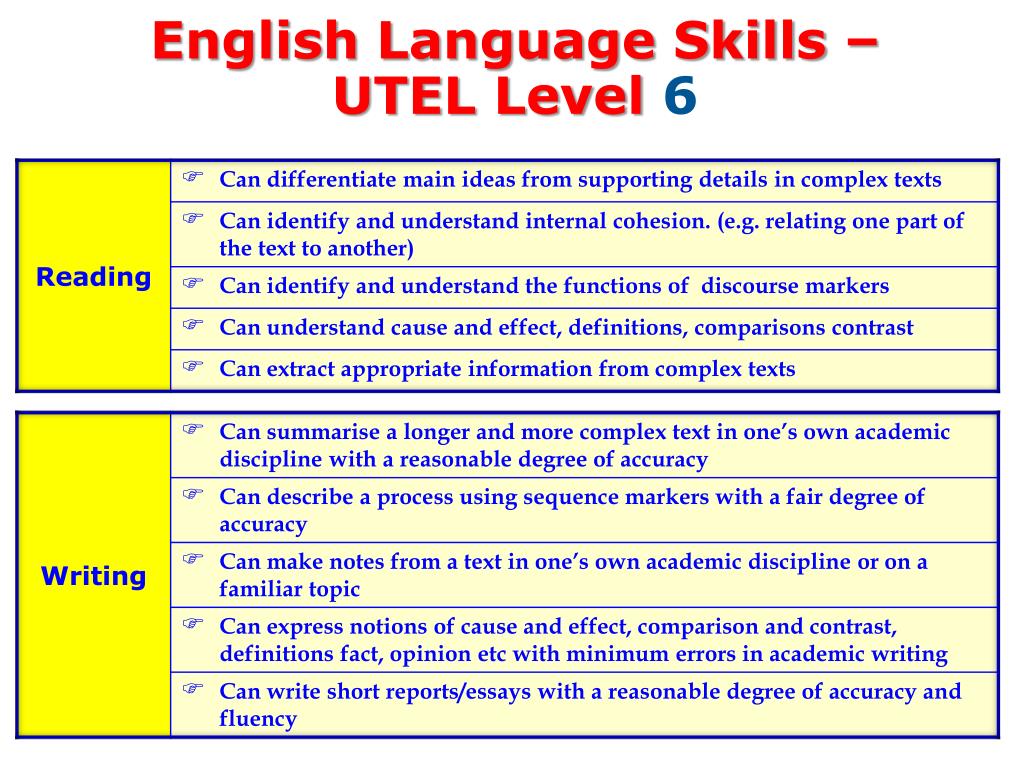 The process of reading itself implies that the reader guesses by letter what words they stand for. Reading begins only when the reader, looking at the letters, can pronounce or recall the word that corresponds to the combination of these letters. Accordingly, in addition to vision, memory, mind and imagination are involved in this process.
The process of reading itself implies that the reader guesses by letter what words they stand for. Reading begins only when the reader, looking at the letters, can pronounce or recall the word that corresponds to the combination of these letters. Accordingly, in addition to vision, memory, mind and imagination are involved in this process. - Reading comprehension. Each word that we read can cause a certain change in our minds, which is due to the understanding of this word. For one word, some vivid image pops up in our minds, for another - a feeling, etc.
- Reading grade. In the formation of reading skills, not only the fact itself (“I read the book”) is important, but a critical assessment of the material read.
Reading in children is always driven by need. At the first stage, it is the desire to learn to read; to master the very process of the emergence of the letters of the word. When this skill is mastered, another motivation arises: the desire to understand what exactly a particular text means.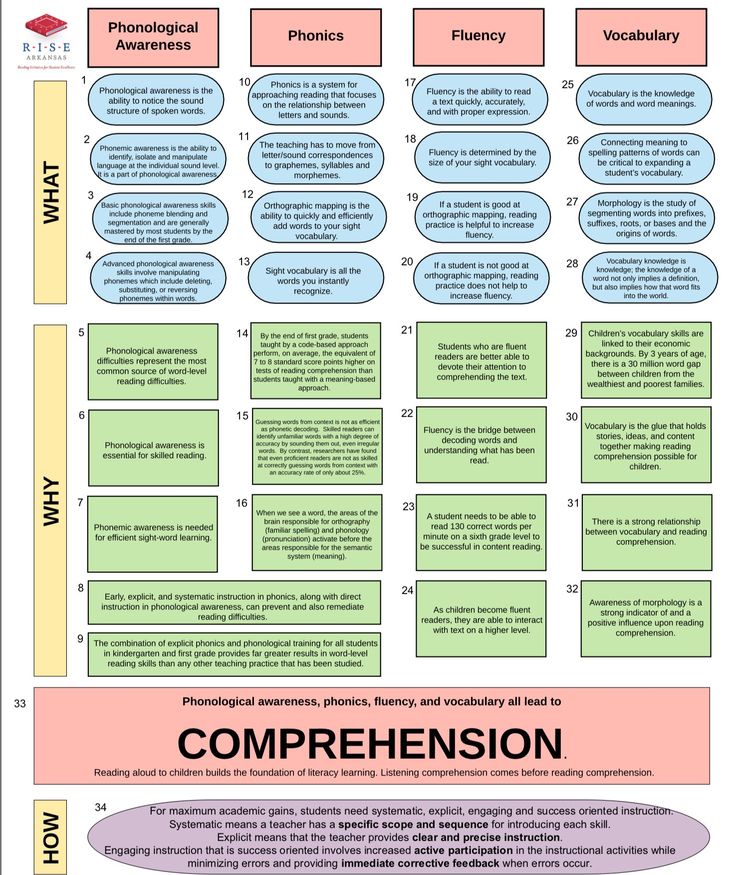 In the future, the motives become more complicated, and the child wants to find out some specific fact, understand the motives of the main character, determine the main idea in a popular science text, etc.
In the future, the motives become more complicated, and the child wants to find out some specific fact, understand the motives of the main character, determine the main idea in a popular science text, etc.
T.G. Egorov identifies several stages in the formation of reading skills:
- Mastering sound-letter designations.
- Reading by syllable.
- Formation of synthetic methods of reading.
- Synthetic reading.
Acquisition of sound-letter designations occurs during the entire pre-letter and literal periods. At this stage, children analyze the speech flow, sentence, divide it into syllables and sounds. The child correlates the selected sound from speech with a certain graphic image (letter).
Having mastered a letter, the child reads the syllables and words with it. When reading a syllable in the process of merging sounds, it is important to move from an isolated generalized sound to the sound that the sound acquires in the speech stream. In other words, the syllable must be pronounced as it sounds in oral speech.
In other words, the syllable must be pronounced as it sounds in oral speech.
At the stage of syllable-by-syllable reading, the recognition of letters and the merging of sounds into syllables occurs without any problems. Accordingly, the unit of reading is the syllable. The difficulty of synthesizing at this stage may still remain, especially in the process of reading long and difficult words.
The stage of formation of synthetic reading techniques is characterized by the fact that simple and familiar words are read as a whole, but complex and unfamiliar words are read syllable by syllable. At this stage, frequent replacements of words, endings, i.e. guessing reading takes place. Such errors lead to a discrepancy between the content of the text and the read.
The stage of synthetic reading is characterized by the fact that the technical side of reading is no longer difficult for the reader (he practically does not make mistakes). Reading comprehension comes first.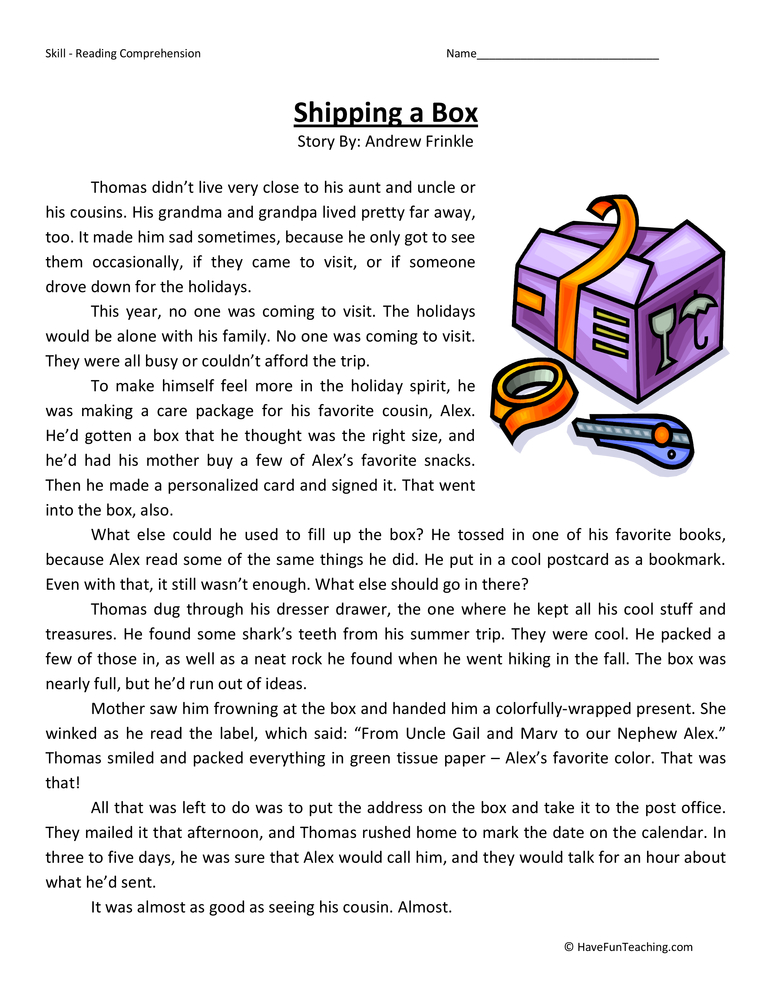 There is not only a synthesis of words in a sentence, but also a synthesis of phrases in a general context. But it is important to understand that understanding the meaning of what is read is possible only when the child knows the meaning of each word in the text, i.e. Reading comprehension directly depends on the development of the lexico-grammatical side of speech.
There is not only a synthesis of words in a sentence, but also a synthesis of phrases in a general context. But it is important to understand that understanding the meaning of what is read is possible only when the child knows the meaning of each word in the text, i.e. Reading comprehension directly depends on the development of the lexico-grammatical side of speech.
There are 4 main qualities of reading skill:
- Correctness. By this is understood the process of reading, which occurs without errors that can distort the general meaning of the text.
- Fluency. This is reading speed, which is measured by the number of printed characters that are read in 1 minute.
- Consciousness. It implies understanding by the reader of what he reads, artistic means and images of the text.
- Expressiveness. It is the ability by means of oral speech to convey the main idea of the work and one's personal attitude to it.
Accordingly, the main task of teaching reading skills is to develop these skills in schoolchildren.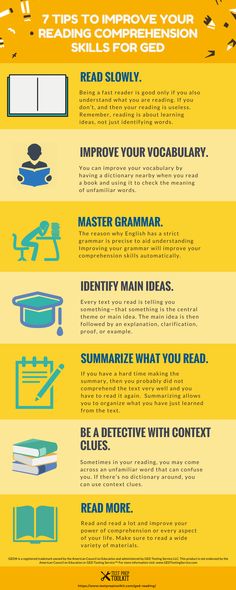
All primary school education is based on reading lessons. If the student has mastered the skill of reading, speaking and writing, then other subjects will be given to him much easier. Difficulties during training arise, as a rule, due to the fact that the student could not independently obtain information from books and textbooks.
In educational practice, there are 2 fundamentally opposite methods of teaching reading - linguistic (the method of whole words) and phonological.
The linguistic method involves teaching on the words that are most often used, as well as those that are read the same as they are written. This method is aimed at teaching children to recognize words as whole units, without breaking them into components. The child is simply shown and said the word. After about 100 words have been learned, the child is given a text in which these words are often found. In our country, this technique is known as the Glenn Doman method.
The phonetic approach is based on the alphabetical principle. Its basis is phonetics, i.e. learning to pronounce letters and sounds. As knowledge is accumulated, the child gradually moves to syllables, and then to whole words.
Its basis is phonetics, i.e. learning to pronounce letters and sounds. As knowledge is accumulated, the child gradually moves to syllables, and then to whole words.
In addition, there are several more methods:
- Zaitsev method. It involves teaching children warehouses as units of language structure. A warehouse is a pair of a consonant and a vowel (either a consonant and a hard or soft sign, or one letter). Warehouses are written on different faces of the cube, which differ in size, color, etc.
- Moore method. Learning begins with sounds and letters. The whole process is carried out in a specially equipped room, where there is a typewriter that makes sounds and names of punctuation marks and numbers when a certain key is pressed. Next, the child is shown a combination of letters that he must type on a typewriter.
- Montessori method. It involves teaching children the letters of the alphabet, as well as the ability to recognize, write and pronounce them.
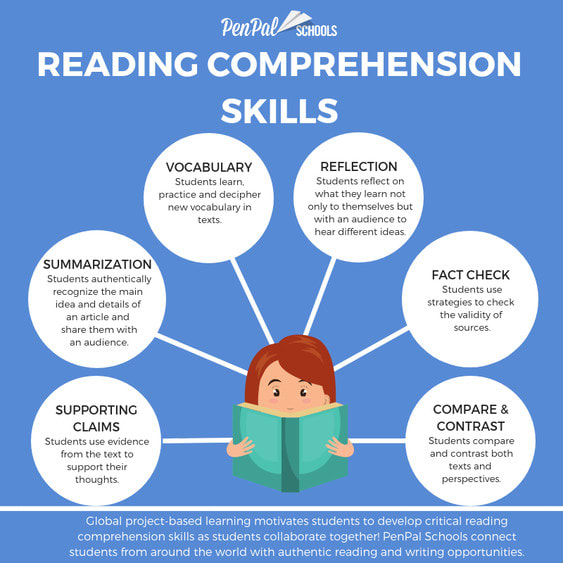 After they learn how to combine sounds into words, they are encouraged to combine words into sentences. The didactic material consists of letters that are cut out of rough paper and pasted onto cardboard plates. The child repeats the sound after the adult, after which he traces the outline of the letter with his finger.
After they learn how to combine sounds into words, they are encouraged to combine words into sentences. The didactic material consists of letters that are cut out of rough paper and pasted onto cardboard plates. The child repeats the sound after the adult, after which he traces the outline of the letter with his finger. - Soboleva O.L. This method is based on the "bihemispheric" work of the brain. By learning letters, children learn them through recognizable images or characters, which makes it especially easy for children with speech disorders to learn and remember letters.
There is no universal methodology for developing reading skills. But in modern teaching methods, a general approach is recognized when learning begins with an understanding of sounds and letters, i.e. from phonetics.
There are certain exercises that help build reading skills. Here are a few of them:
- Reading lines backwards letter by letter. The exercise contributes to the development of letter-by-letter analysis.
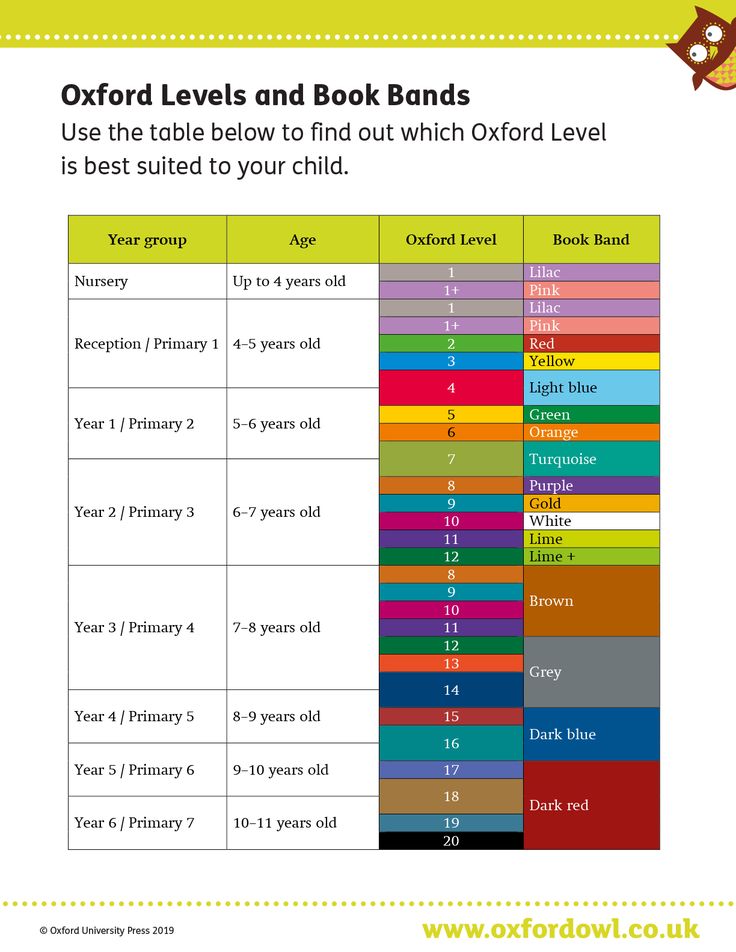 The meaning is simple - the words are read in reverse order, i.e. from right to left.
The meaning is simple - the words are read in reverse order, i.e. from right to left. - Reading through the word. You do not need to read all the words in a sentence, but jumping over one.
- Reading dotted words. Words are written on the cards, but several letters are missing (dotted lines are drawn instead).
- Read only the second half of the word. You need to read only the second part of the word, while the first is omitted. The exercise contributes to the understanding that the second part of the word is no less important than the first, thereby preventing the omission (or reading with distortion) of the endings of words in the future.
- Reading lines with the upper half covered. A sheet of paper is superimposed on the text so that the top of the line is covered.
- Fast and multiple repetition. The child should repeat a line of a poem or sentence aloud as quickly as possible and several times in a row. Correct pronunciation is extremely important, so if necessary, you need to stop and correct the child.
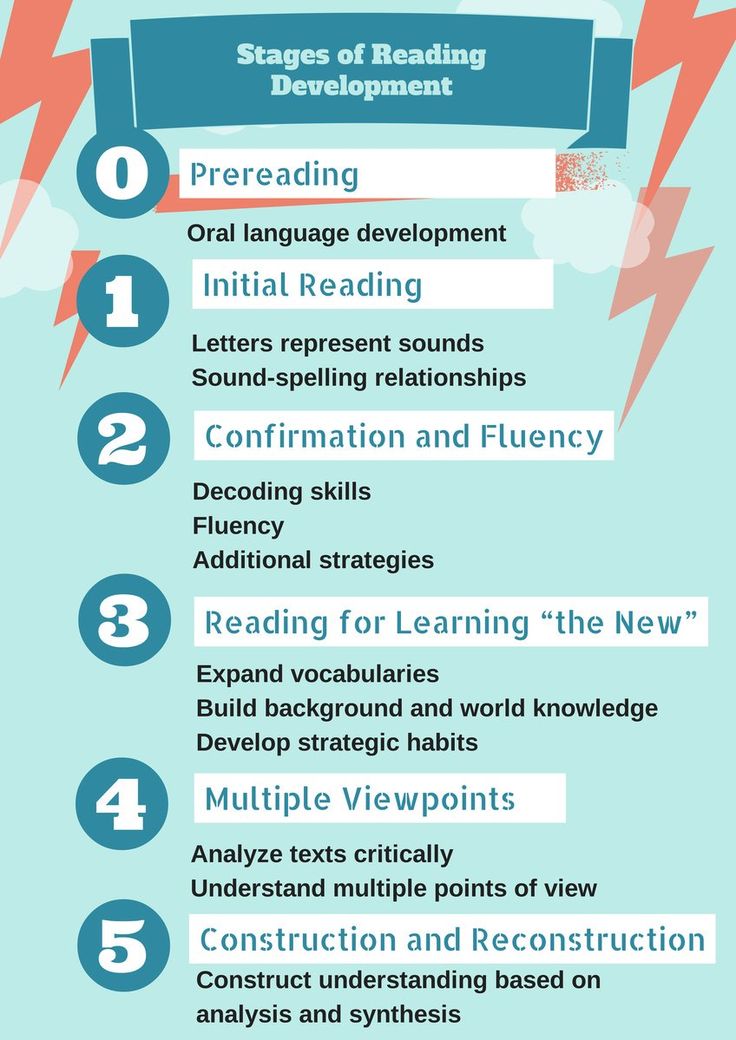
Learn more

